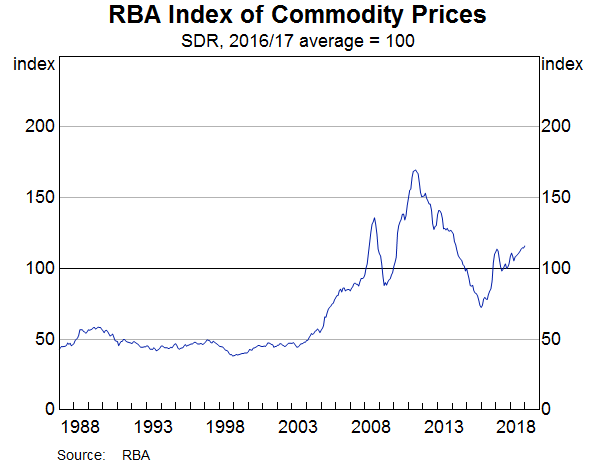The sell-off in shares in big Brazilian miner, Vale slowed late last week while global iron ore prices ended the week more than 14% higher.
Vale shares rose 1.6% in Brazil on Friday to be down 17.6% in the week since the rupture of a tailings dam at Vale’s Córrego do Feijão iron ore mine in Minas Gerais state left more than 100 people dead and upwards of 300 missing.
Vale’s market value has slumped from around $US80 billion to just under $US66 billion since the disaster happened on January 25.
The Metal Bulletin index 62% iron oxide ore price edged up 19 cents to $85.53 a tonne – a rise of more than 14% from the previous Thursday, the day before the dam disaster happened.
The price of 65% ore (one of Vale’s major ore types) settled at just over $US100 a tonne. Prices are now at levels higher than they have been since March 2017.
Courts in Brazil have now ruled that up to 12.6 billion Reais ($US3.44 billion) of Vale’s assets and resources will be frozen after the rupture of the tailings dam.
Additionally, the company is subject to around 350 million Reais in fines and penalties. Dam I of the mine failed on January 25 and flooded Vale’s own facilities as well as part of the local community and the Paraopeba river.
The accident has prompted Vale to decommission its 10 dams that operate through the upstream method, which is considered to be risky.
The company claims it took the decision to decommission all upstream mines in 2016 after the Samarco disaster (Samarco is jointly owned with BHP). Vale says 9 dams have already been decommissioned.
Around 40 million tonnes of ore could be impacted by the dam closures and while Vale is expected to boost output at other mines not affected, that will take time and extra investment.
Analysts say global iron ore supplies could be impacted for the rest of this year and into 2020. The mine where the disaster happened produced around 8-9 million tonnes of ore a year. That production has been lost, just on 50 million tonnes could be impacted by the closures and disaster.
For that reason, analysts are now lifting their price forecasts for iron ore this year.
“We have raised our short term price forecasts for iron ore,” said Daniel Hynes, Senior Commodities Strategist at ANZ Bank. “We now see spot prices breaching $80 a tonne in Q1, with further upside likely if the losses in Brazil are greater than expected.”
Looking further ahead, ANZ sees the benchmark price sitting at $US82 per tonne by the end of June before easing lower to $US72 a tonne going into 2020.
Commodity Strategists at Morgan Stanley agree that recent price gains may not be reversed anytime soon.
“Whilst uncertainty remains, it is possible that the iron ore price will remain at more elevated levels in the near-term,” it said, referring to the outlook for Brazilian supply.
The surge in iron ore prices had no impact on the Reserve Bank’s Commodity Price Index for January (See graph).
The RBA said on Friday that preliminary estimates for the Index for January indicate it rose by 2.4% (on a monthly average basis) in Australian dollar terms.
The bank said over the past year, the index has increased by 15.5% in Australian dollar terms, led by higher LNG, iron ore and alumina prices (and the positive impact of the weaker Australian dollar which fell 8% in the year to January.
If the higher prices for iron ore are sustained this month, they should have a big impact on the index. The index in January was at its highest level (124.5) since May 2012.








